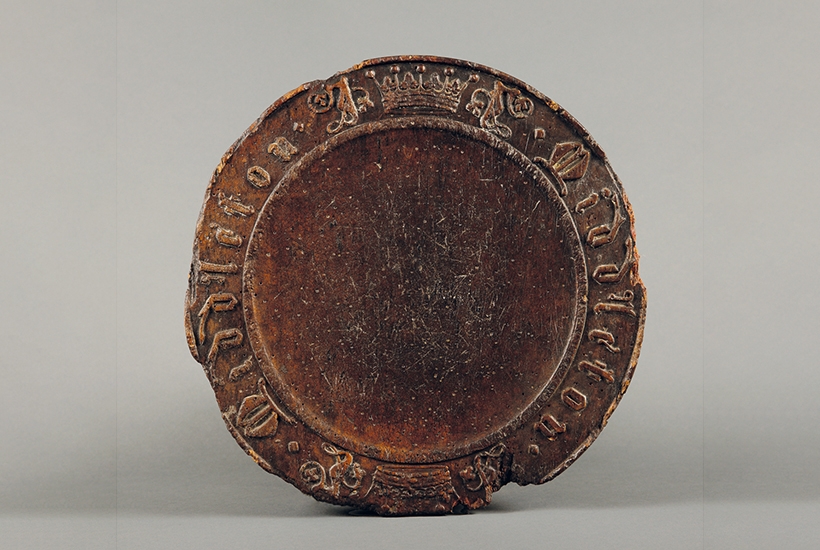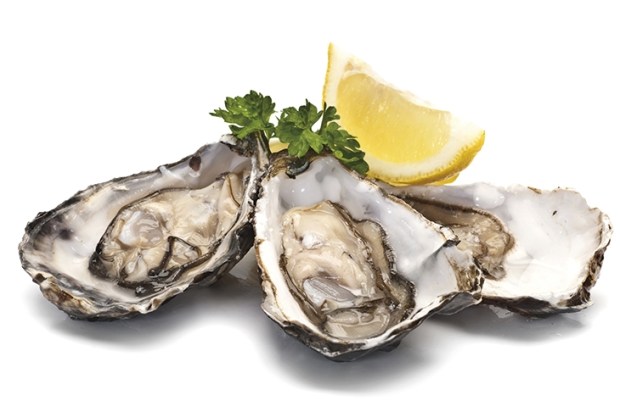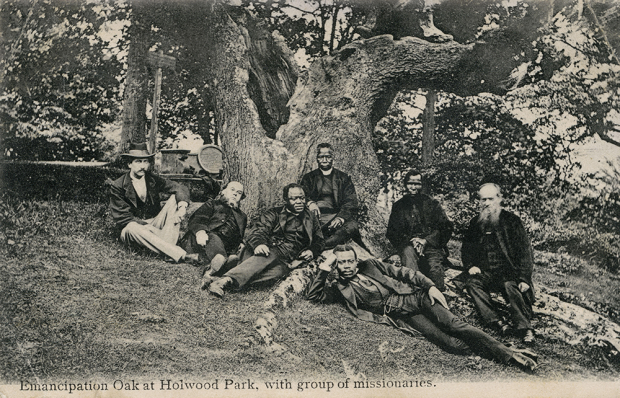It’s not known which inspired Victorian first had the idea to take a chopping block and carve it into a circular ‘bread-platter’, as they were called, with a raised centre and decorated rim; but William Gibbs Rogers was the one to turn it into a craze.
In the mid-19th century Rogers was considered one of Britain’s most accomplished wood-carvers. An 1847 issue of The Spectator said he had single-handedly ‘restored to carving the same interest and execution which it possessed in the best days of Grinling Gibbons’. His long list of wealthy patrons included Queen Victoria, who commissioned a wooden cradle for the infant Princess Louise. At some point in the 1830s or early 1840s Rogers began to carve beautiful, elaborate bread boards for aristocratic clients, who would personalise their commissions, turning his work into a sort of heraldry. Coats of arms and family mottos were whittled into oak, mahogany and — most commonly — sycamore. Several of his boards featured in the Great Exhibition of 1851 — yours for one guinea, roughly the equivalent of £140 today. The Art-Union journal in 1848 claimed that the demand for his boards was so great ‘it can scarcely be met so readily as might be wished’.
Why so popular? One theory is that demand was driven by an obsession with bread brought about by the Corn Laws. For rich landowners who benefited from the tariffs on foreign wheat, bread had become a way to flaunt status. One of Rogers’s clients was the Duke of Richmond, a bullish pro-Corn Laws campaigner, who commissioned a bread platter inscribed with the word ‘Glenfiddich’ after his favourite shooting lodge.
But while Rogers carved for the Richmonds of the world, it was William Wing, a chair-maker based in Sheffield, who made bread boards on a mass scale. After the victory of free trade activists Richard Cobden and John Bright against the Corn Laws in 1846, the market opened to cheap bread — and the bread board soon became a commonplace bit of kitchen kit. Out went family crests and in came ears of wheat, flowers and Bible sayings. Wing’s work was so popular he developed wooden spin-offs in the same style: kettle stands, cigar ash trays, cheese platters. By the 1860s the bread board was ubiquitous enough to feature in a parlour game which involved twirling it on the floor.
Many fine works by Rogers and Wing are on show, among other delights, at the Antique Bread Board Museum in Putney, in the home of the collection’s curator, Madeleine Neave. But my favourite is one carved by a grateful amateur in around 1865. Five words scrawled into scuffed sycamore: ‘In memory of Richard Cobden.’ It’s hard to think of a more fitting tribute to the man who brought bread to the masses.
How many people today even own a bread board? If they cut bread at all, rather than buying it sliced or abstaining from wicked gluten entirely, it’s likely to be on a regular chopping board. Why not revive the fashion for personalised bread boards for the 21st century, with displays of modern status symbols and political allegiances? A halo of EU stars around the rim, for instance.
Got something to add? Join the discussion and comment below.
Get 10 issues for just $10
Subscribe to The Spectator Australia today for the next 10 magazine issues, plus full online access, for just $10.
You might disagree with half of it, but you’ll enjoy reading all of it. Try your first month for free, then just $2 a week for the remainder of your first year.














Comments
Don't miss out
Join the conversation with other Spectator Australia readers. Subscribe to leave a comment.
SUBSCRIBEAlready a subscriber? Log in